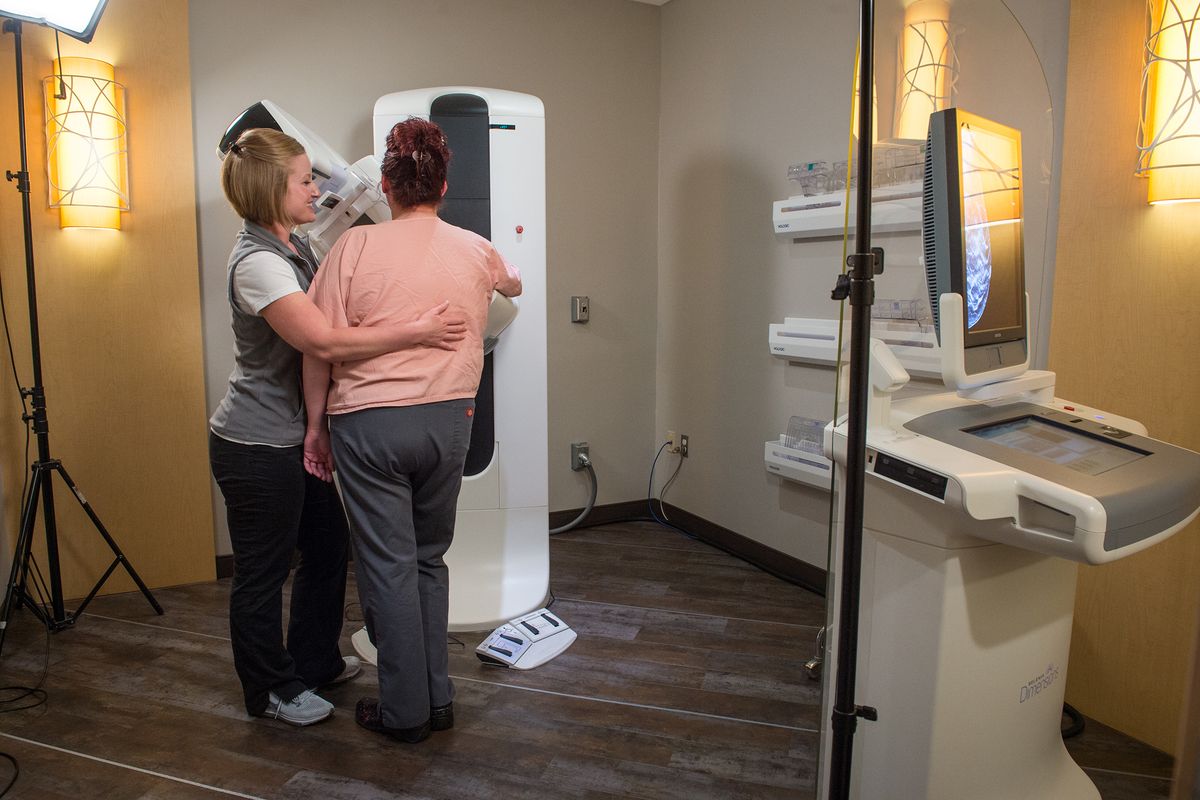Mammography is the gold standard

The purpose of screening is to enable the early detection of breast cancer, so we can find it when it’s small and most easily treatable. Early detection begins with mammography—the only screening tool proven to reduce breast cancer deaths.
However, mammography does not work equally well for all women, particularly those with dense breasts. Talk to your doctor about whether supplemental screening tests are appropriate for you.
What is breast density?
Breast density refers to how your breast appears on a mammogram and NOT the way it feels or its external appearance. Breasts are primarily made up of fat and fibroglandular tissue, which includes the network of glands and ducts that produce and transport milk to the nipple for breast feeding.
The more fibroglandular tissue you have compared to fat, the denser your breast will appear on the mammogram. Breast density tends to decrease gradually with age, particularly around the time of menopause. Breast density is also influenced by other factors, such as weight gain/loss and certain pharmaceutical drugs.
Why is breast density important?
Breast density is perfectly normal and does not mean that you have cancer. However, high breast density is a risk factor for developing cancer, similar to family history. Breast density also plays a significant role in the ability to detect early breast cancer, because it can make it more difficult for radiologists to spot a cancer on your mammogram.
Dense tissue appears white on a mammogram and many cancers also appear as white. The denser your breasts, the whiter your mammogram will look. Imagine trying to find a snowball in a snowstorm. As a result, mammograms are less accurate for women with dense breasts.
Will I need an additional screening test if I have dense breasts?
We know that breast density reduces the ability to detect cancers on mammography. Breast density assessment is used to help identify women for whom the mammogram may not be enough and who may benefit from additional screening, such as breast tomosynthesis (3D mammography), whole breast ultrasound, breast MRI, or molecular breast imaging. With consistent assessment of breast density, your doctor can confidently recommend additional screening, as needed.
What should I do If I have dense breasts?
If you have dense breasts, talk to your doctor. Together, you can decide which, if any, additional screening tests may be right for you. Discuss your medical and family history and any other factors that might increase your risk of developing breast cancer.
Even if you are at low risk, and have entirely fatty breasts, you should still get an annual mammogram starting at age 40 to assure you have the best chance when it comes to early breast cancer detection and treatment.
To schedule your annual screening mammogram, visit inlandimaging.com or call Inland Imaging at (509) 455-4455.